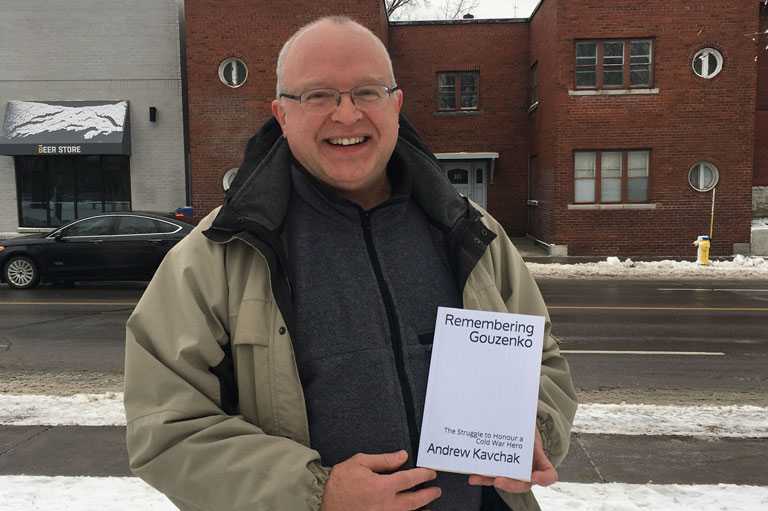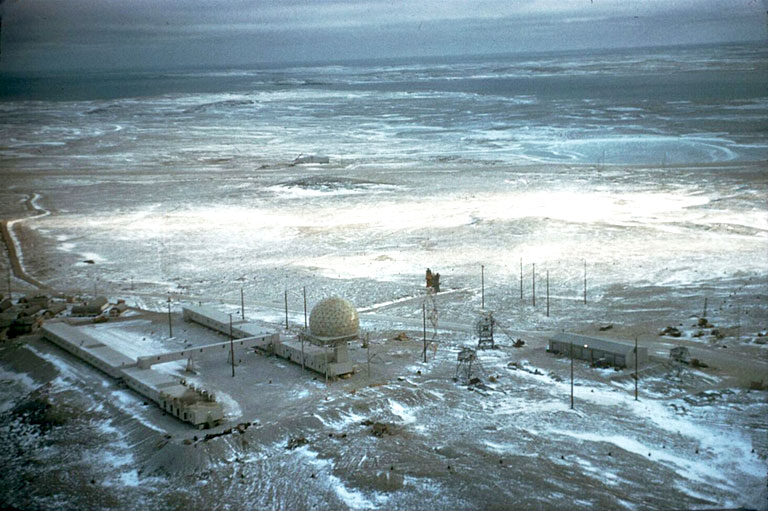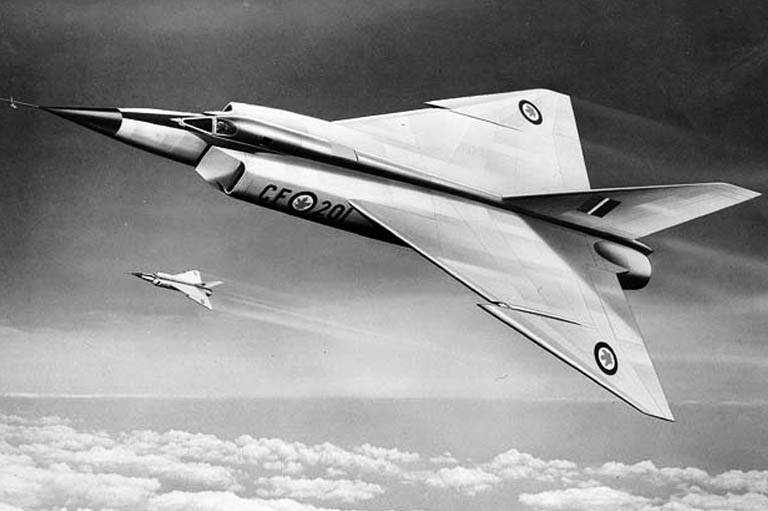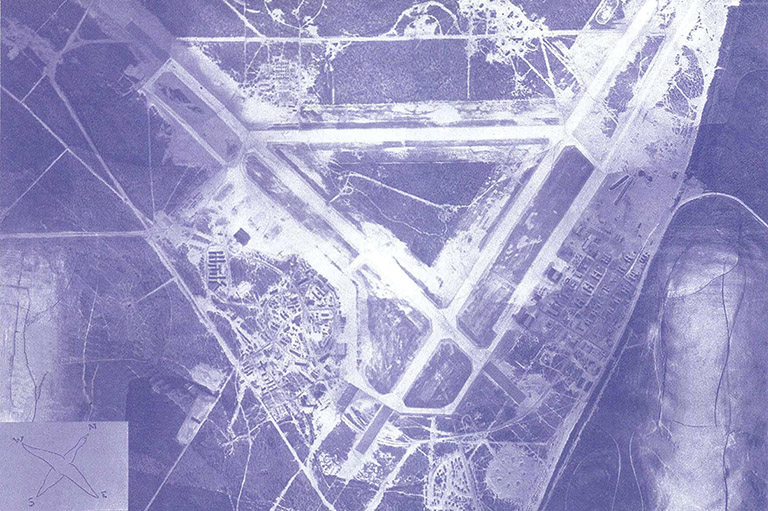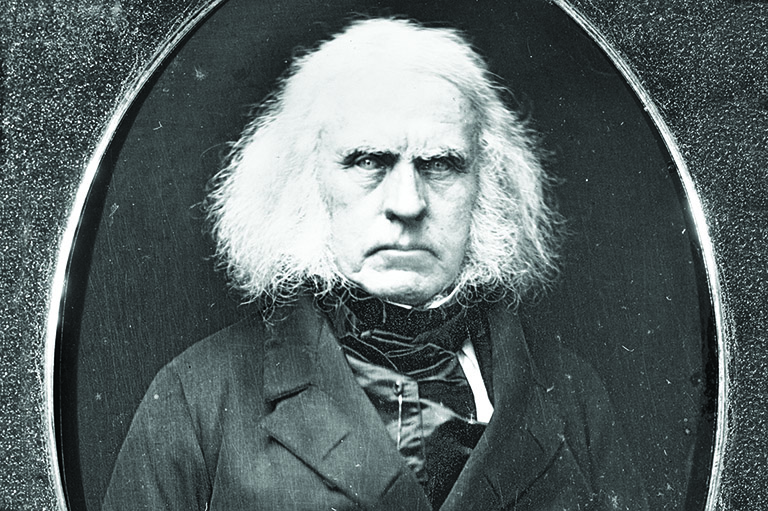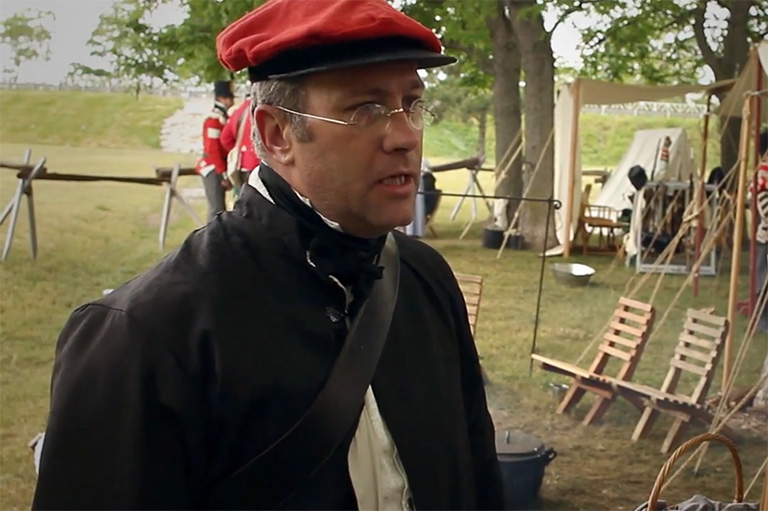Gouzenko Deciphered Part 2
The defection of the Russian cipher clerk, Igor Gouzenko, in September, 1945, revealed to Canadian authorities a web of Soviet espionage spun throughout Canada, with threads running through atomic military research, Canadian parliament, and across the world – in Washington DC, London, and Moscow. Seventy-five years later, we can observe how this single defection sent ripples and cracks throughout the global military and political landscape.
Dr. Calder Walton, the Assistant Director of the Applied History Project at Harvard University’s Kennedy School of Government, grants us a peek behind the Iron Curtain, describing the intentions, perspectives, and practices of Soviet spying coordinated by Stalin and his officers. He explains how the various Western nations responded to the knowledge of these spying rings revealed by the Gouzenko defection. Dr. Walton explains how the first Cold War defection has relevance that extends across the West, the world, and to the present day.
Gouzenko: The Series
At Canada’s History, we highlight our nation’s past by telling stories that illuminate the people, places, and events that unite us as Canadians, while understanding that diverse past experiences can shape multiple perceptions of our history.
Canada’s History is a registered charity. Generous contributions from readers like you help us explore and celebrate Canada’s diverse stories and make them accessible to all through our free online content.
Please donate to Canada’s History today. Thank you!
Themes associated with this article
Advertisement
You might also like...

Canada’s History Archive, featuring The Beaver, is now available for your browsing and searching pleasure!


